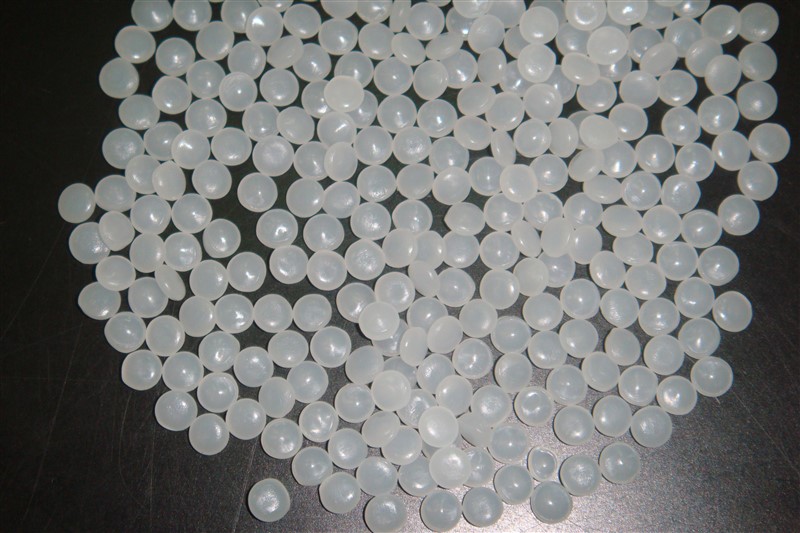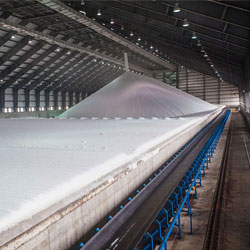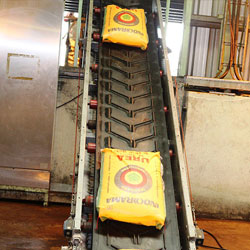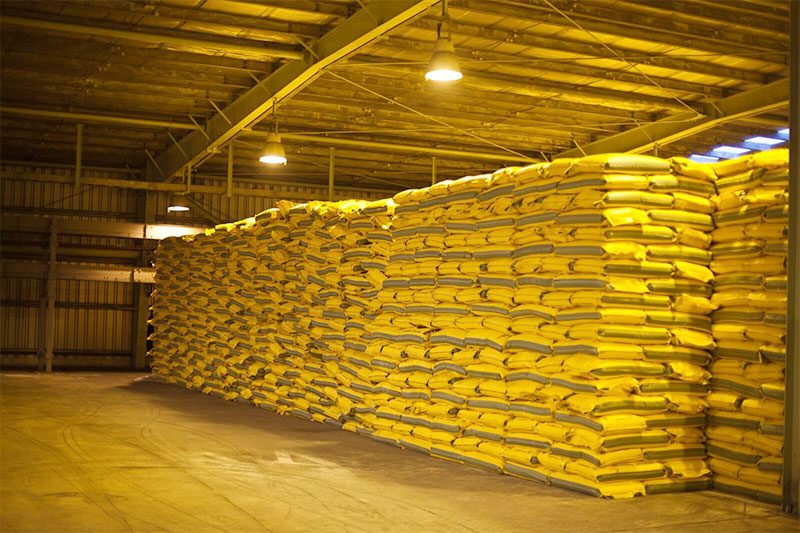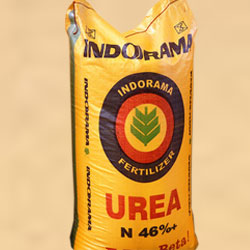Nitrogen Fertilizers
Urea is the most important nitrogenous fertilizer in the market, with the highest nitrogen content (about 46%). The global consumption of urea is approximately 180 million tons a year. About 80% is for fertilizer use and 20% is for industrial applications to make products such as urea formaldehyde and melamine.
Urea is a white crystalline organic chemical compound. It is neutral in pH and can adapt to almost all kinds of soils. Urea is widely used in the agricultural sector both as a fertilizer and animal feed additive. The main function of urea fertilizer is to provide plants with nitrogen to promote green leafy growth. Urea also aids the photosynthesis process of plants. Since urea fertilizer can provide only nitrogen and not phosphorus or potassium, it’s primarily used for bloom growth. Some of the advantages of urea fertilizer over other nitrogenous fertilizers include; superior nitrogen content, low production cost, non-flammable and risk-free storage, neutral pH, and harmless to crops and soil.
Urea is produced from ammonia and ammonia is produced from natural gas. Like urea, the global demand for ammonia is also approximately 180 mln tons a year. The majority, 80%, of that is used to make fertilizers and 20% is for non-fertilizer applications.
Indorama’s manufacture ammonia and granular urea. Though ammonia is also used directly as a fertilizer in some countries, we convert all of our ammonia into urea.

